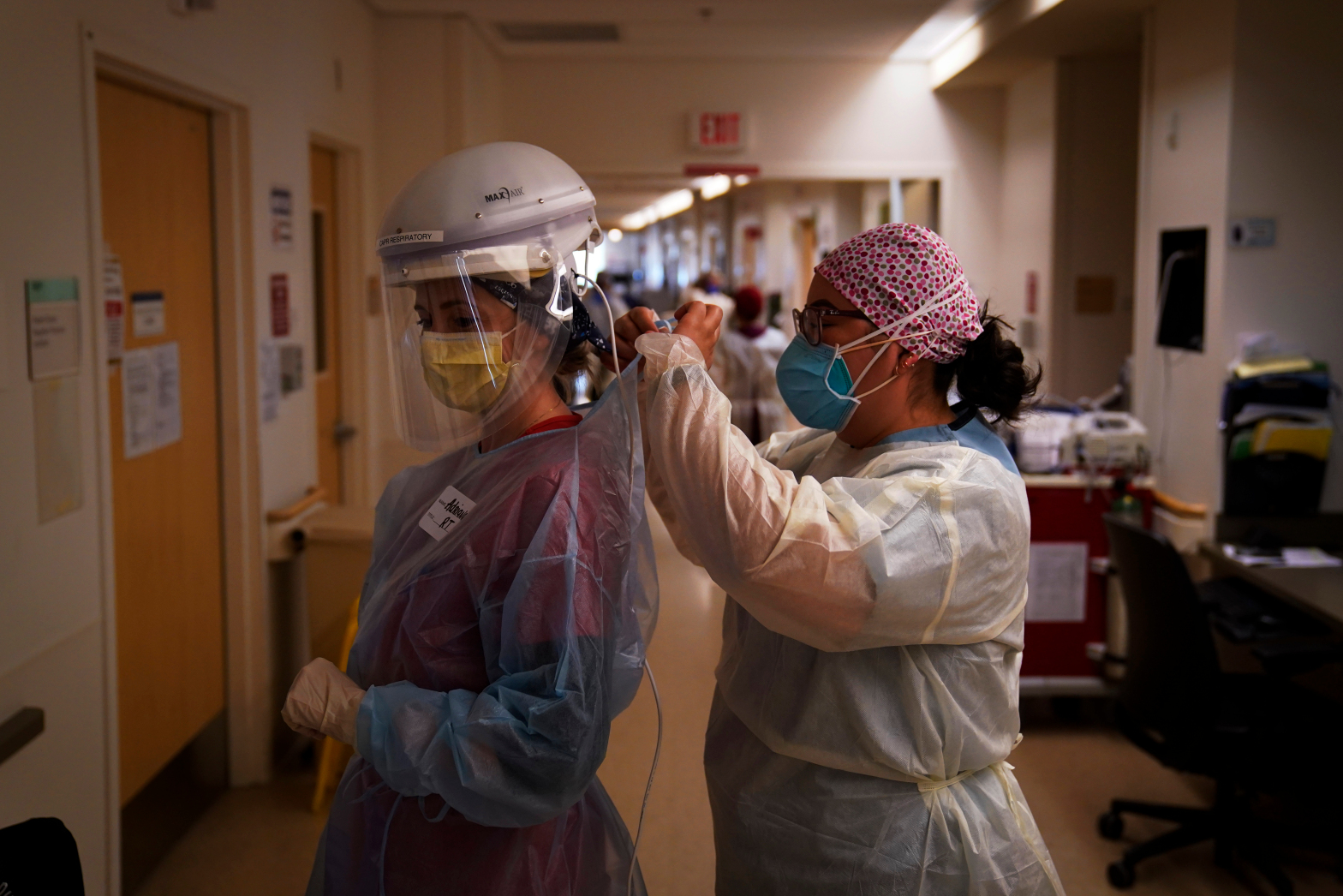COVID-19 dominates California’s latest workplace regulations

In response to the coronavirus pandemic, California lawmakers and regulatory agencies spent much of 2020 passing legislation and issuing regulations to prevent and address the spread of COVID-19 in the workplace. Many of these laws and regulations went into effect Jan. 1 and will continue impacting California businesses well beyond 2021.
New measures in workplaces
California’s Division of Occupational Safety and Health approved sweeping emergency temporary standards on COVID-19 infection prevention in November for all employees not covered by Cal/OSHA’s Aerosol Transmissible Diseases standard. The state’s ATD regulations commonly apply to workers in health care facilities, laboratories, public health as well as paramedic and emergency response services.
These regulations took effect Nov. 30. They remain in place for 180 days (until the end of May) and may be extended.
The ETS regulations require employers statewide to implement a written COVID-19 Prevention Program, either as a standalone document or part of an Injury and Illness Prevention Program. These plans must address items like communications with employees, responding to COVID-19 cases in the workplace, personal protective equipment, record-keeping, return to work criteria and more. A model document is available via dir.ca.gov to help employers develop this CPP.
Employers must also provide employees with training on COVID-19 and how to prevent its spread. For employees who are excluded from the workplace due to a workplace COVID-19 exposure, the regulations state that an employee’s salary, seniority and benefits must be maintained. Additionally, Cal/OSHA laid out testing requirements regarding outbreaks in the workplace that are defined as three or more COVID-19 cases within a 14-day period.
On Jan. 8, Cal/OSHA issued clarified guidance in its Frequently Asked Questions. Of note, the ETS regulations require employers to “offer” or “provide” testing to employees who have had close contact with a COVID-19 case in the workplace or where an outbreak has occurred.
Cal/OSHA confirmed that the terms “offer” and “provide” are synonymous here. Employers need only to offer their employees testing. Employees can be directed to free public testing sites, but employers must ensure that COVID-19 testing is done without cost to employees and that tests are administered on employer-paid time. Also, when determining whether an outbreak occurred in a workplace, a single building can be viewed as more than one workplace, and an area that is only passed through while wearing a mask is not included.
The state’s quarantine guidelines for workers were also updated by Gov. Gavin Newsom in Executive Order N-84-20 and under guidance from the California Department of Public Health, issued Dec. 14. Employees exposed to COVID-19, meaning anyone with close contact (within 6 feet of an infected person for a cumulative 15 minutes or more over 24 hours), can end quarantine after day 10 from the date of last exposure if they remain asymptomatic.
Health care, emergency response and social services workers can return to work after seven days with a negative COVID-19 test collected after day five when there is a critical staffing shortage and other protocols are followed. Employers should always check their local county health order from any stricter requirements.
Additionally, lawmakers passed the following measures to address COVID-19 in the workplace:
Assembly Bill 685 places notice and recordkeeping requirements on employers when a COVID-19 case is confirmed in the workplace. Employers must provide written notice to all employees and contractors who were at the same worksite as the COVID-19 case. If an outbreak is confirmed, employers must notify local public health agencies. Additionally, the law grants Cal/OSHA the new authority to shut down a workplace if employees are deemed to face an “imminent” hazard of COVID-19 infection.
Senate Bill 1159 extended Executive Order N-62-20’s rebuttable workers’ compensation presumption that an employee who contracted COVID-19 did so in the workplace. The presumption now covers employees who worked between March 19 and July 5, and tested positive within 14 days of reporting to work; first responders and health care workers diagnosed with COVID-19 after working on or after July 6 and employees diagnosed with COVID-19 after a workplace outbreak (four or more cases) on or after July 6.
Assembly Bill 2537 requires acute general hospitals to maintain a three-month stockpile of PPE, including N95 and surgical masks, isolation gowns, eye protection and shoe coverings starting April 1. Failure to maintain the requisite stockpile could mean a $25,000 penalty for each violation.

